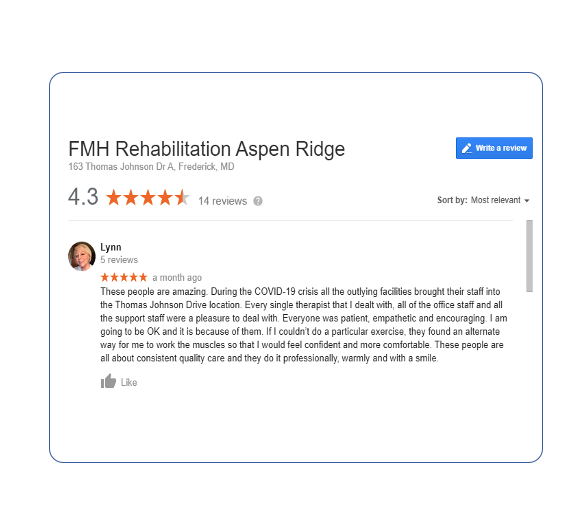Physical therapy is changing the way people overcome debilitating pain and lack of mobility. It is a conservative, cost-effective approach to restore function. However, common myths and misconceptions often discourage people from utilizing physical therapy. Tx:Team DPT, Megan, is here to debunk some of those myths.
Myth #1: Physical therapy is only used following an accident or an injury.
False. Physical therapy is often used to treat nagging pain due to sustained postures, abnormal movement patterns, and repetitive stress. Physical therapists are skilled at evaluating and diagnosing musculoskeletal issues and can be effective in treatment of these underlying causes, potentially preventing issues from becoming a bigger problem.
Myth #2: Physical therapy is painful.
Otherwise known as, “No pain, go gain,” this myth is partially false. Post-treatment soreness can occur; however, the goal of physical therapy is to mitigate pain and correct dysfunction. The physical therapist that you work with can adjust your treatment program, modify movements and exercises, and minimize discomfort to help you achieve your goals. The main goal of 95% of patients seen in the clinic is to decrease pain, so most of the time, that’s our goal too.
Myth #3: It hurts, so I shouldn’t move it.
Usually false. In some cases, it may be recommended that you rest and allow tissues to heal, so always check with your physical therapist first. But in most cases, the opposite is recommended. It’s usually more beneficial and will actually speed up recovery if you move the injured area. Most of the research out there suggests that early mobility leads to a faster recovery. The more you move, the better your outcomes. Or as we in the therapy world often say, “motion is lotion.”
Myth #4: I need to see my doctor/surgeon prior to going to physical therapy.
False. Patients have direct access to physical therapy. This means that you can see a physical therapist without a doctor’s prescription. Some insurance plans require a prescription to utilize physical therapy services, so always check with your individual insurance provider. When accessing a Physical Therapist first, there are also the potential cost savings in co-pays, prescriptions, and imaging that could potentially be avoided.
Myth #5: Physical Therapy is just massage.
False. Physical Therapy is a multifaceted approach to restoring function which often includes, but is not limited to, manual techniques such as massage. Neuromuscular re-education, exercise and activities, and the use of therapeutic modalities are also treatments used in your recovery. Your plan of care is specific to you based on your functional limitations and activity restrictions. The massage or manual techniques are just one part of the comprehensive approach that may target specific tissues to complement other interventions within a treatment session.
Myth #6 I have to go to a clinic to be treated by a Physical Therapist.
Not at all! With today’s technology, a patient is able to receive evaluation and treatment through telerehab platforms that enable virtual visits with your physical therapist from the comfort of your home.

